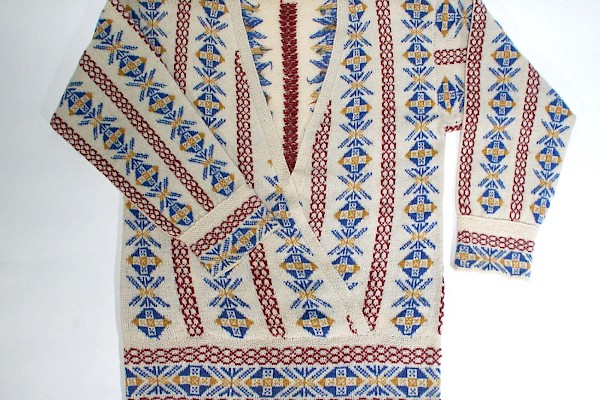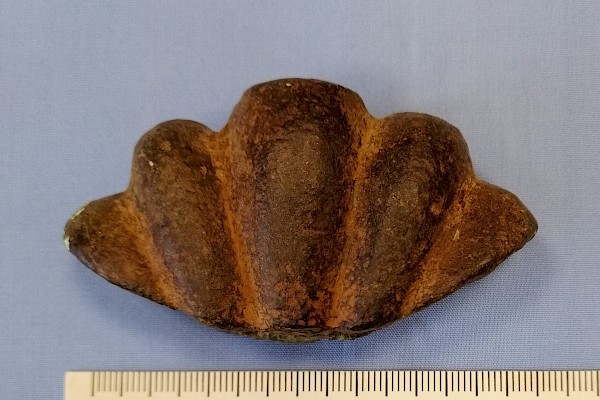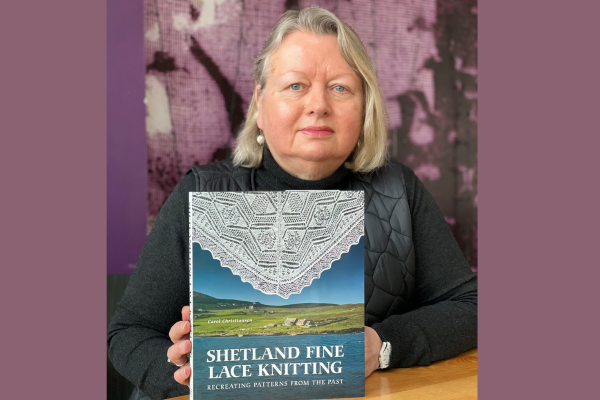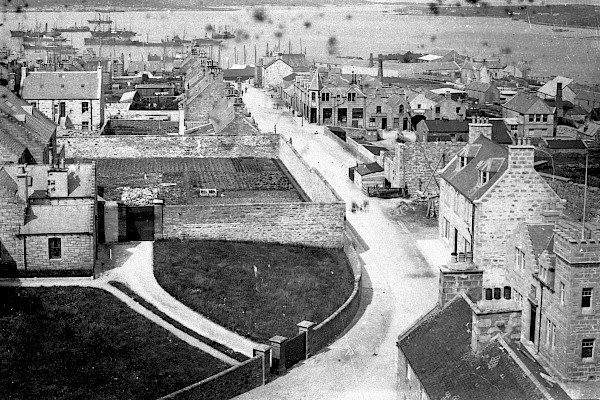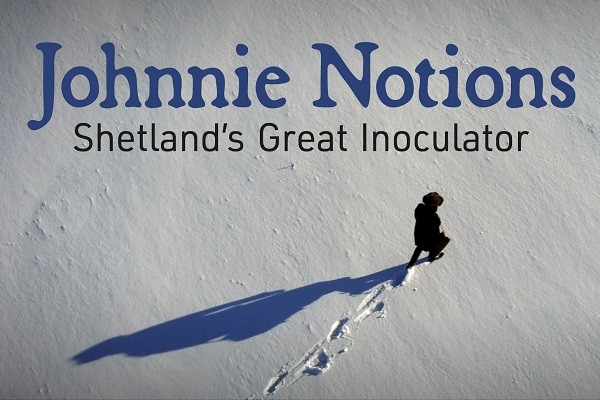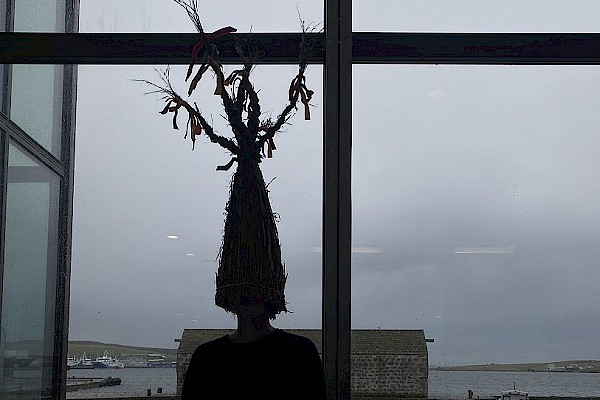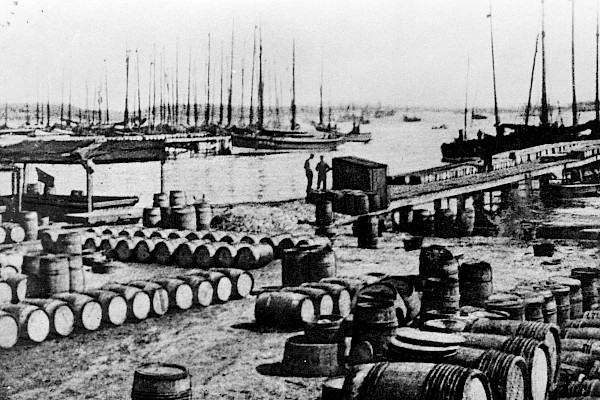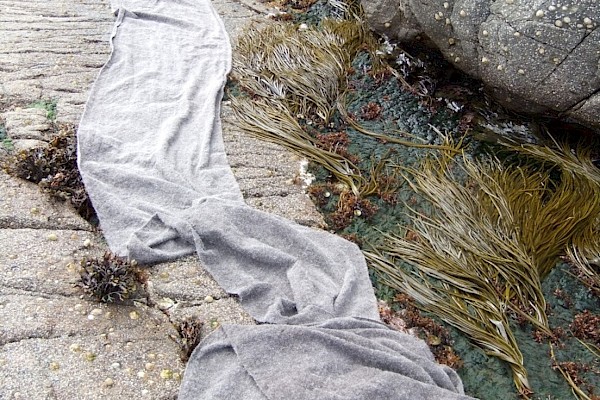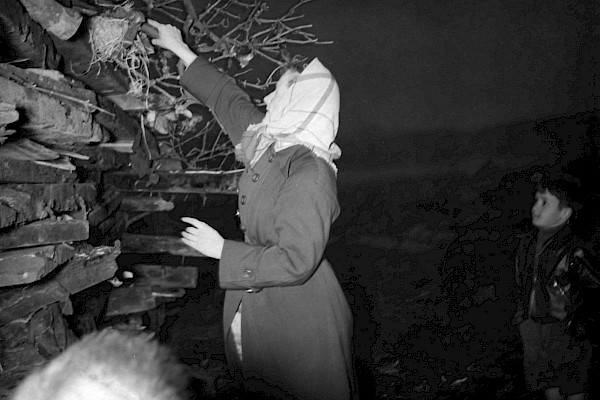A Fragment of Viking-Norse Life
One of the results of years of peat-cutting in Shetland is that occasionally interesting objects are revealed. So it was the case in Foula, our western-most island located 25 miles (40km) from the Shetland mainland, and currently home to about 40 people.
In the early 1950s while casting his peats, Tom Umphray of Gravins cut through a fragment of cloth at a depth of two peats, or about three feet. The following year he returned to the same bank and during casting he encountered fair hair that he thought might be human. He stopped casting there and did not return to this bank.
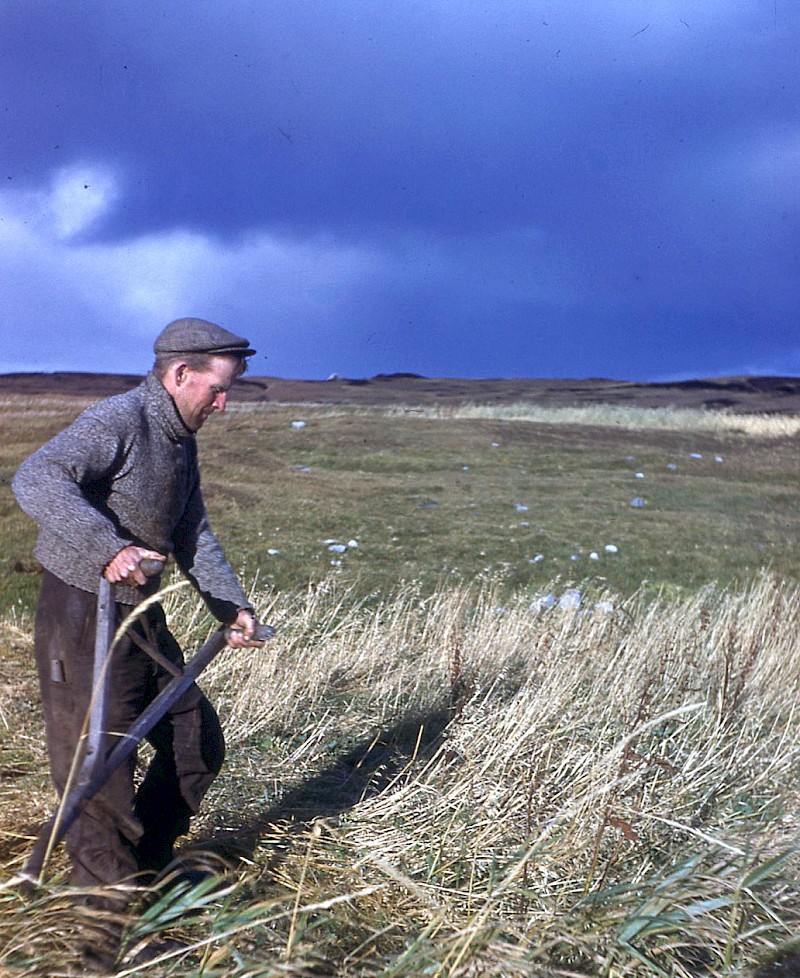
Tom was the foremost oral historian in Foula at that time and he discussed his find with Bobby Isbister, another Foula man who was knowledgeable about local folklore. Neither men were aware of a story about a burial in that area.
Tom sent the textile to the National Museum in Edinburgh for analysis. The Museum returned it with a letter describing the weave. Tom died in 1978 and the textile remained in Foula until 1998, when it was kindly donated to Shetland Museum.
A mitten fragment
The textile (TEX 1999.59) is comprised of the thumb and part of the palm of a mitten, each being a different fabric. Both are 2:2 twill weaves (horizontal threads going over and under two vertical threads) but the cloths are quite different from one another. In both the thumb and the palm, the yarns were not plied but used as single threads. All of the yarns and sewing thread were spun on a hand-spindle, as spinning wheels were not known in northern Europe at this time. All are stained from burial in the peat.
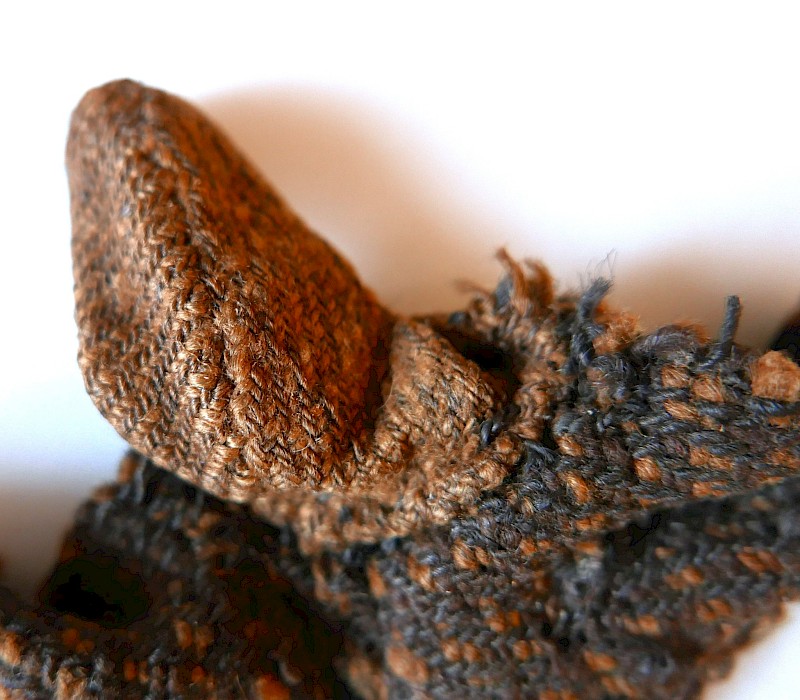
The thumb and palm fabrics of the mitten
The palm is made of three natural colours of wool: black, moorit, and white or pale grey. The black yarn is smooth and narrow, and it likely formed the vertical warp threads that hung on the loom under tension. The moorit and white yarns formed the horizontal weft and these are spun thicker, loosely and unevenly. There were two passes of the moorit, alternating with two of the white yarn. Together in the twill weave they form a nubbly, colourful fabric. The cloths were likely recycled – sturdy pieces cut from worn out garments and reused to make a small piece of clothing.
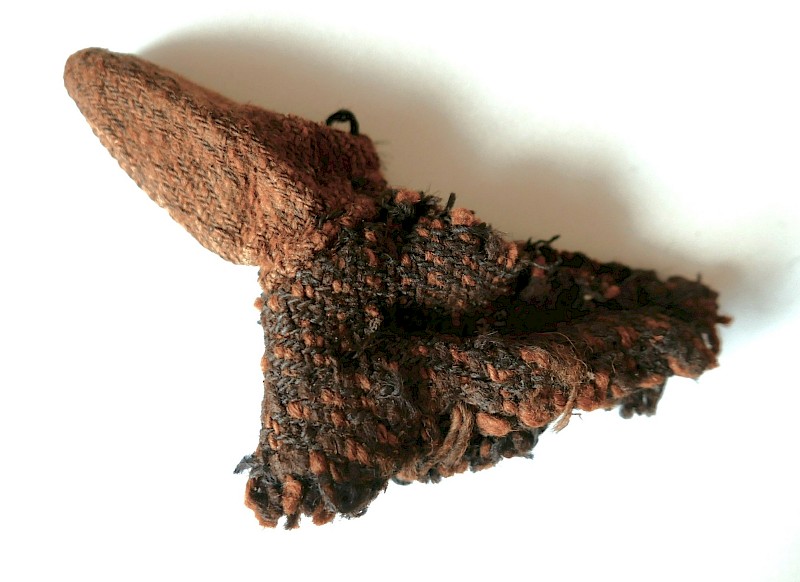
The fabrics in this single garment show the type of cloth made for centuries in the north. Similar fabrics are found in early Iceland and Norse Greenland. Woollen cloth, known as vaðmál, made in Iceland and traded widely was also 2:2 twill, as this gave a stronger fabric but one that had more flexibility to stretch on the diagonal than plain weave. Vaðmál was made in various qualities and used for clothing, blankets, sails, tarpaulins, and other necessary textiles. Shetland also produced vaðmál, for local use and for paying rentals and taxes until the late 17th century.
It might seem odd that a mitten was made from woven fabrics and not knitted. The craft of knitting did not become known in northern Europe until the late 15th century. It is known in Bergen, Shetland’s main trading port, by the early 16th century. Before knitting, woven cloth was used to make nearly all clothing, even three-dimensional garments like hats, stockings and gloves or mittens. The cloth had less elasticity than knitwear would have, but it still kept heads, hands and feet warm and dry.
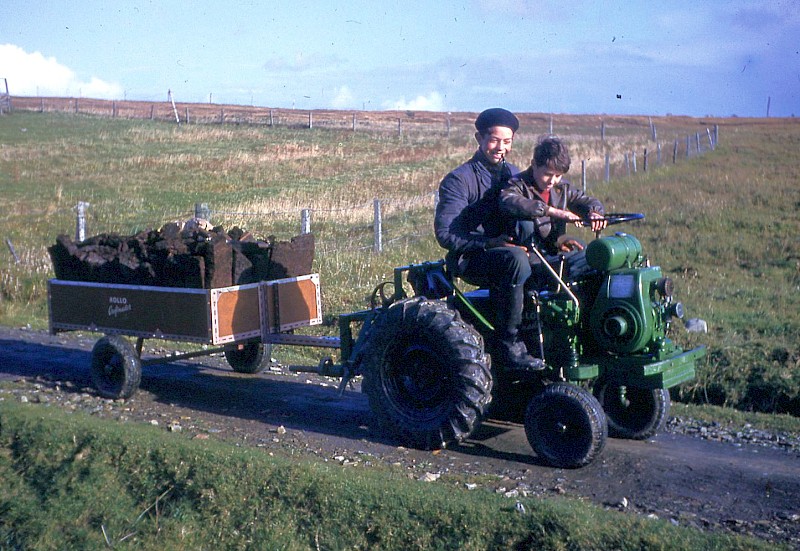
Dating the discovery
When objects found in peat are brought to the Museum, we often record the depth of burial in number of peats, discounting the faels that have been removed from the surface. This is usually the measurement the peat cutter reports to us, and it gives us some indication of how ancient the object might be. Peat is formed at a rate of about 1mm per year, and a cut peat depth is about 400 to 500mm. This told us the mitten was probably deposited between 800 and 1,000 years before the 1950s, or AD 950 to AD 1150.
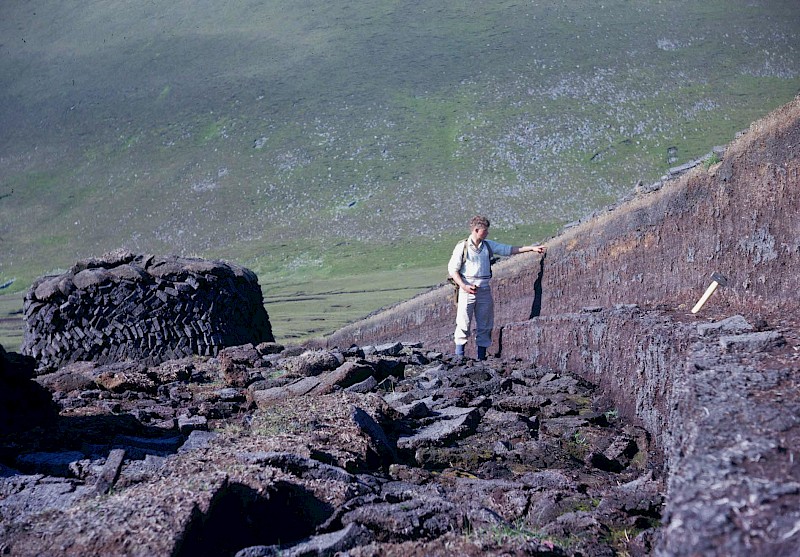
A visitor to Foula examines a peat bank, 1960s. Note the large stack of peats to the left.
To get a scientific confirmation of age, in 2011 Shetland Museum sent a thread from the palm to be radiocarbon dated. It returned a date between AD 1010 to AD 1160, or 851 to 1,001 years before 2011. This not only accurately reflects the rough calculation we did for the age of the mitten based on peat depth, but the evidence also points to early landings on Foula by the Norse. It may indicate that Norse people were settling in Foula within three generations of Vikings first coming to Shetland. On the other hand, Vikings had reasons for wearing mittens too during their far-flung exploits! This one may have belonged to a warrior who simply got caught out, separated from his mates, and far from home.
